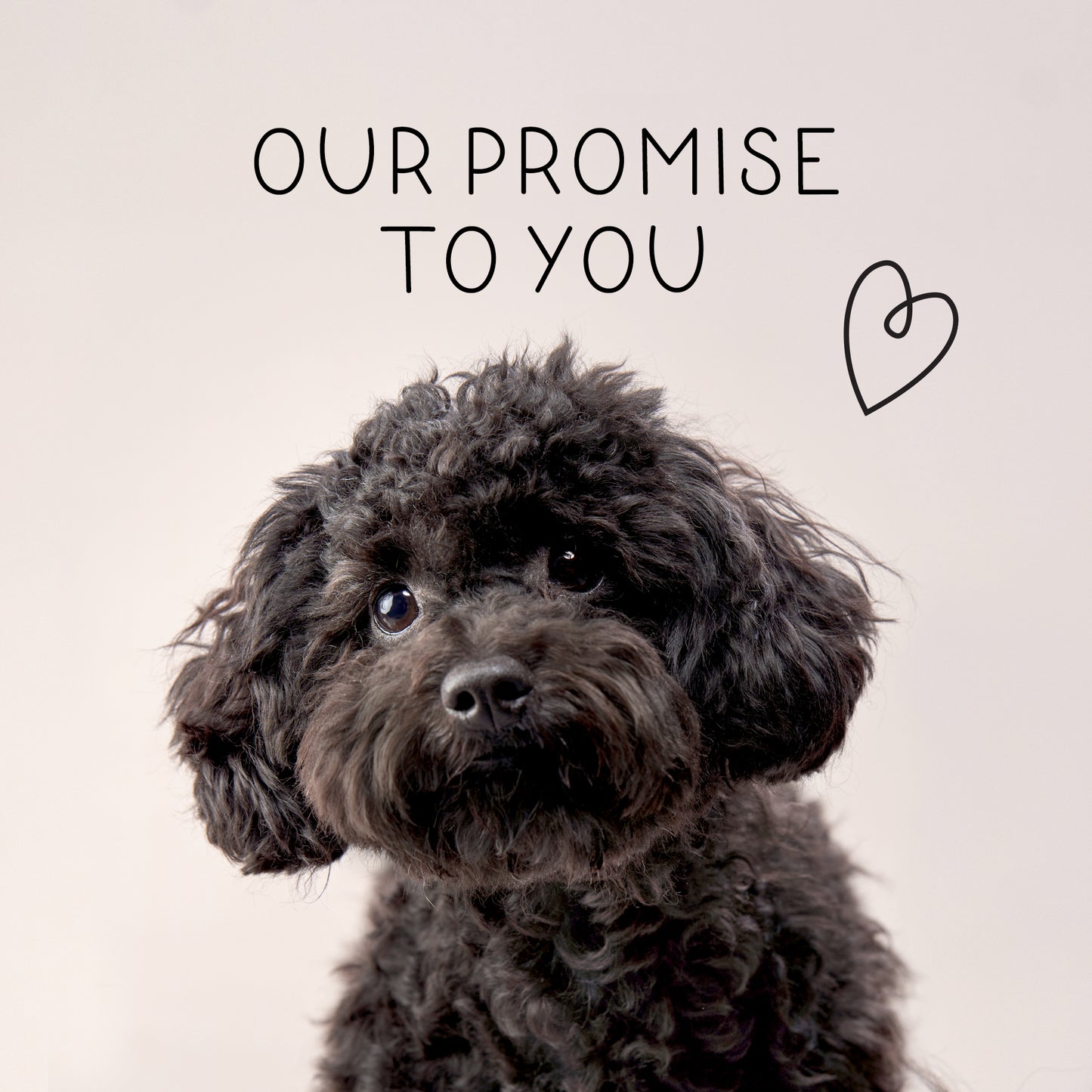
Whether it’s daily furminating, a weekly once-over, or bimonthly brushing, there is a universal truth for all dog owners: shed happens. Every dog (yes, even hypoallergenic breeds) loses hair naturally as it becomes old or damaged. Shedding plays an essential role in keeping the coat shiny and healthy. The breed and health of your dog, as well as the season, will determine how often this occurs and how much hair is lost.
Dogs with a double coat (a soft undercoat and coarser topcoat) such as Golden Retrievers (aka fur monsters) shed way more than their single-coated counterparts (think Poodles or Schnauzers). A double coat means that year-round shedding is compounded by bouts of mega shedding a few times a year. The single-coat breeds have longer cycles of hair growth, so they’re still losing hair, but much less frequently and in smaller amounts.
Significant seasonal temperature changes trigger hair follicles to release more hair, but indoor dogs usually shed more evenly throughout the year. A pet may lose some of its coat in a stressful situation, but any noticeable, ongoing change in shedding patterns warrants a trip to the vet. Your pooch's doctor can catch skin issues, irritations, and medical conditions before they result in excessive shedding.
High-quality pet food can go a long way in reducing fur loss - single ingredient treats, and food with no additives is a good start. And the more digestible ingredients that are in the food (that you would eat yourself!), the better.
It’s also vital that you brush your dog regularly. This not only collects shedding hair before it hits your floor or clings to your upholstery, but it also helps clean and soften your dog's coat.
No matter what you do, you’ll likely need to deal with dog hair. Thankfully, a multitude of hacks are out there to help remove dog hair from virtually everything using everyday household objects - here are some of our faves:
Stick ‘Em Up
Tape is great for removing hair from the surface of clothing or blankets. You can buy a lint roller or get some painters tape to blot the fabric and remove hair (in a pinch you can use scotch tape wrapped around your hand, sticky-side up).
Get Creative
When you have a fur ball at home shedding like it’s her job, it can inspire innovative solutions. Case in point: attaching a mop handle to a window squeegee and then using the rubber blade to “rake” up the pet hair.
Rubber Gloves Rule
For cleaning a small area of carpet or upholstered furniture on the cheap, grab some rubber gloves and water. Get the rubber gloves slightly damp and lightly wipe your hands over the area. You can take things up a notch by using a mixture of water and fabric softener. Lightly spray a mix of equal parts liquid fabric softener and water on your furniture and wipe it off with a rag or sponge. To remove dog hair from wooden furniture, simply spray a soft cloth with furniture polish and wipe the hair away.
An important thing to note is that while shedding is natural, hair falling out in clumps is not. Food allergies can commonly cause and cutting out certain treats in favor of more hypoallergenic treat options, which can greatly help. As always, please consult your vet if you are concerned.
As annoying as dog hair can be, it’s a small price to pay for the joy our mutts bring us (or so we keep telling ourselves as we frantically swipe the lint roller from head to toe before that big meeting). Happy furminating!















